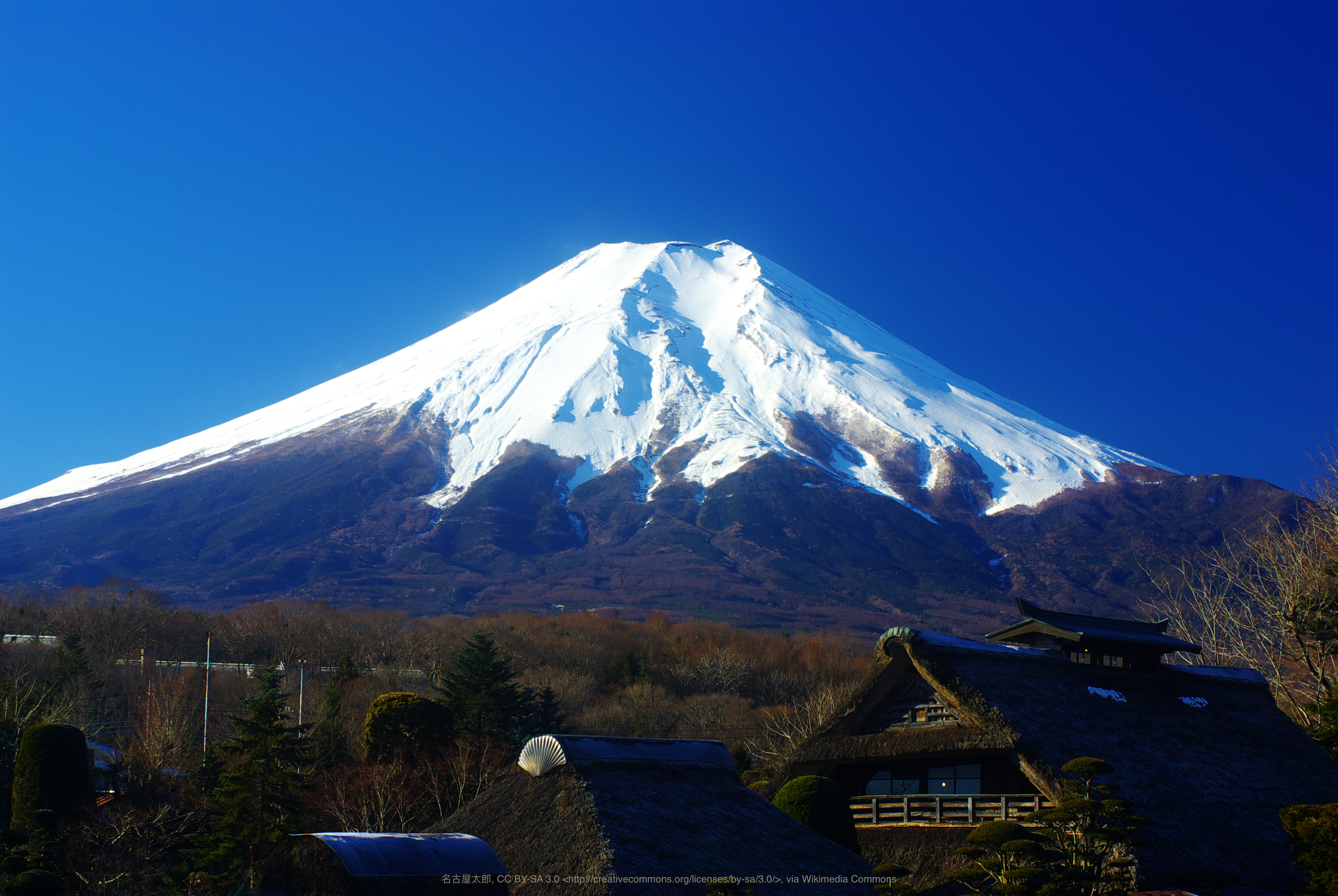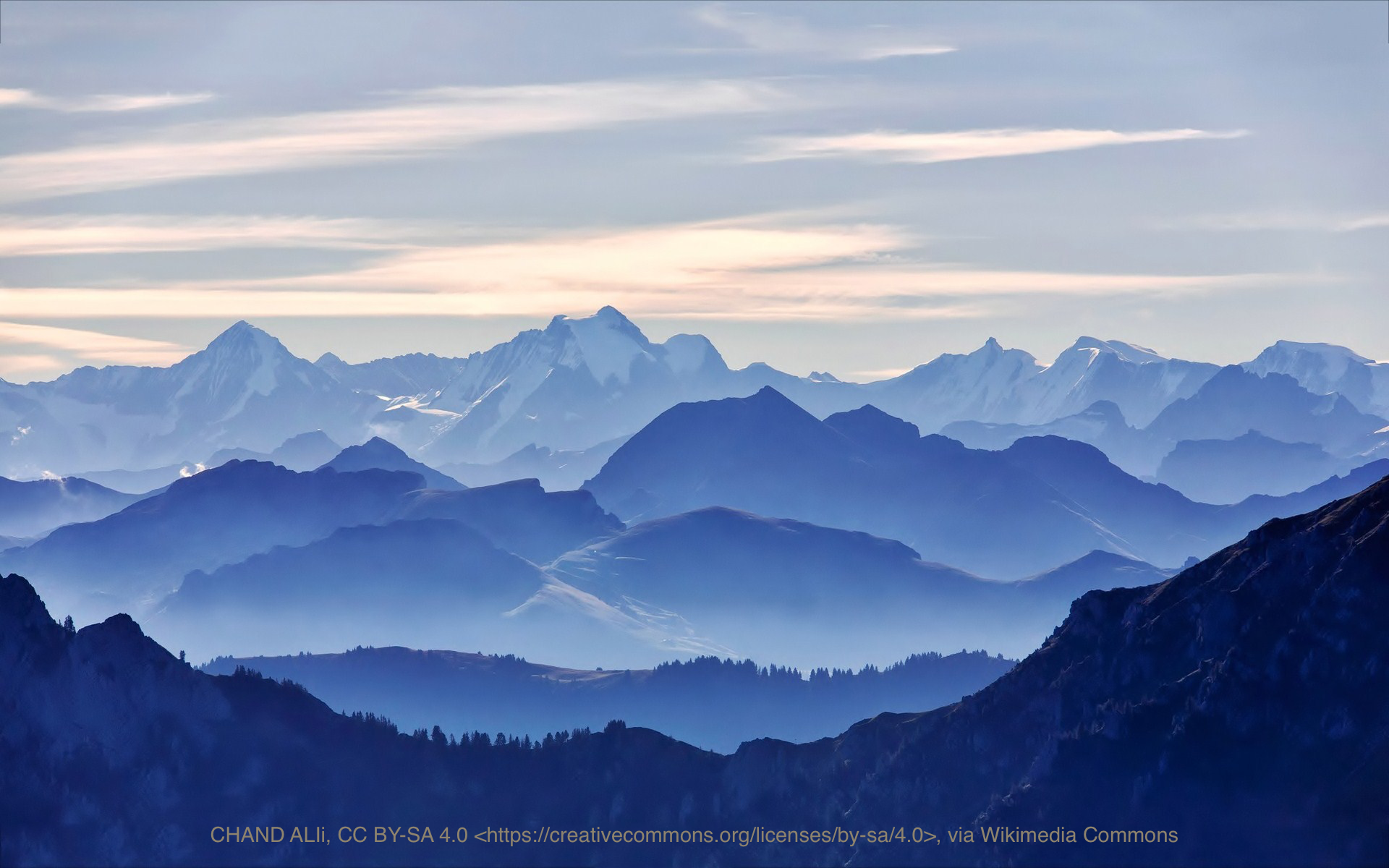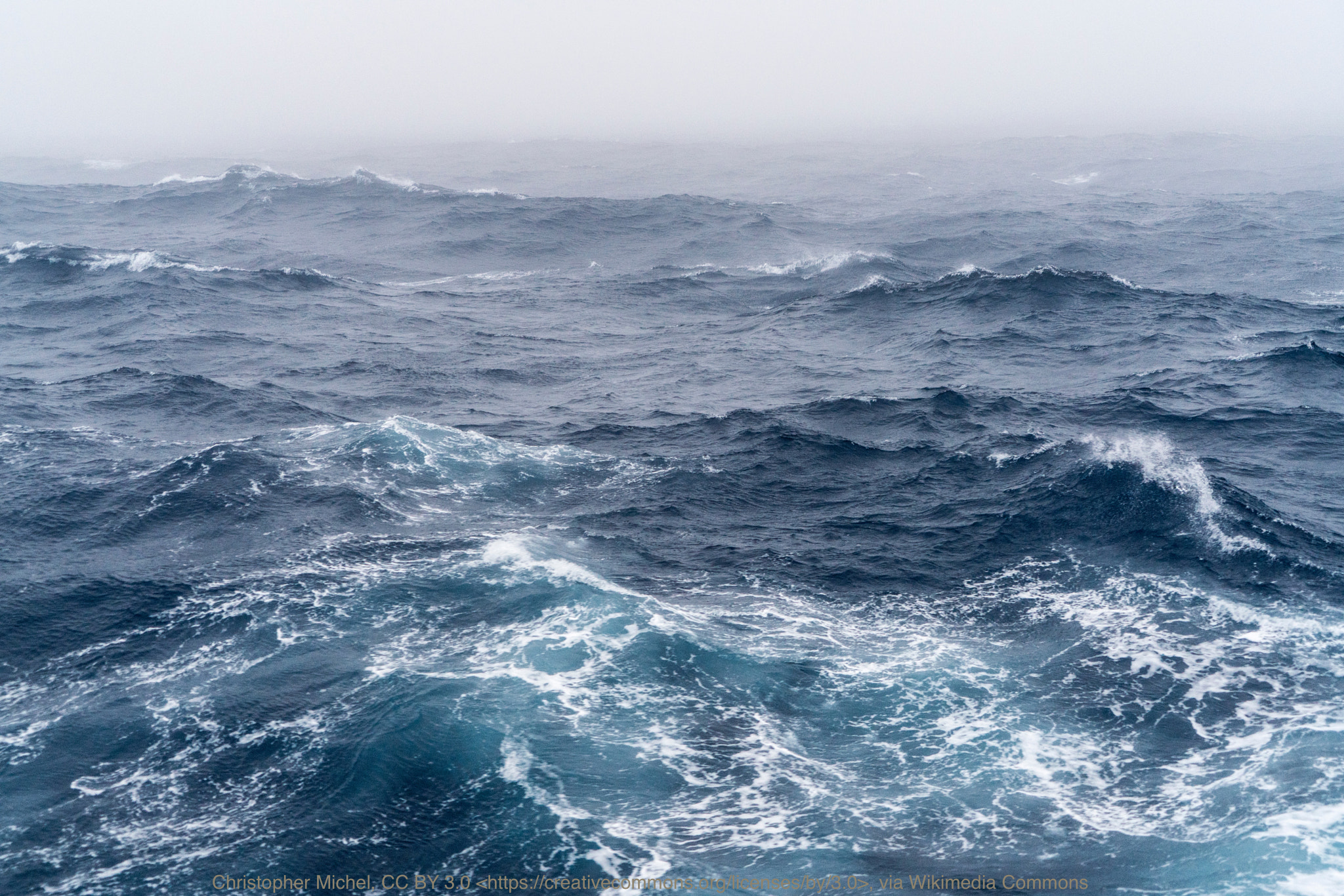Picking a process that's fit for purpose
/For the past few postings we've been looking at getting a team started off on the right foot. In the most recent post, we focused on getting everyone on the same page regarding the team's purpose. In this post, we're looking at how a team picks a work process that is an appropriate fit for the work at hand.
This past week, Jim was helping a group of engineering students launch their senior projects. Just prior to the student teams getting their project assignments, we discussed different types of project landscapes.
One project landscape might be represented by Mt. Fuji. If the goal of the Mt. Fuji project is to reach the highest peak, the process approach is pretty simple — just go up — you can't miss it!
Mount Fuji
Another project landscape might be represented by a glorious mountain range such as the one depicted below.
Mountain Range
If your goal is to reach the highest peak, this landscape is more rugged, more complicated. Simply going up won't work here. In fact, you might need to start with a bit of research to figure out just which mountain peak is the highest. And, if no one has climbed the highest peak and conveniently laid out a clear path to the top, you will likely need to experiment with different routes, sometimes moving towards the goal, reassessing and sometimes moving away and taking a better route. After a bit of trial and error and with enough time and resources, there's a good chance you will succeed.
The last landscape we discussed can be represented by the dancing waves on the surface of a turbulent ocean.
Southern Ocean
In this landscape, the highest peak is emergent, transient, and unpredictable. The landscape surface dances, every changing. If your goal is to reach the highest peak, it's a complex problem. Even if you succeed (and there's no guarantee of success even if you had infinite time and resources), your accomplishment would be only temporary. The instant you reach the highest peak, it quickly falls away beneath you and is replaced by some new highest peak located somewhere else.
In the first landscape, the one represented by Mt. Fuji, an inspect and adapt process like that espoused by the Agile Manifesto probably wouldn't add much value. The path to success is pretty clear and simple. In this type of environment you can often build a good plan and follow it to success.
Inevitably, the project landscapes my group of engineering students are likely to encounter, both in their senior projects and in their future employment, will include complicated, rugged landscapes and complex, dancing landscapes. These are the environments where Agile shines.
Picking the right process for your project is the second "P" in the three P's of your project kickoff: Purpose, Process and People. If your team is struggling to find their way to achieve their purpose, reconsider your approach. Does your approach fit your project needs? Do you simply need to follow the plan to achieve success; do you need to inspect and adapt; or do you need to learn how to dance?
Next time we’ll take a look at the people dimension of the kickoff, asking ourselves the question, "Are we the right team?"
Until then…
Onward and upward!
If you’d like help with your next kickoff, please contact us!






